 Technology
Technology  Technology
Technology  Humans
Humans 10 Everyday Human Behaviors That Are Actually Survival Instincts
 Animals
Animals 10 Animals That Humiliated and Harmed Historical Leaders
 History
History 10 Most Influential Protests in Modern History
 Creepy
Creepy 10 More Representations of Death from Myth, Legend, and Folktale
 Technology
Technology 10 Scientific Breakthroughs of 2025 That’ll Change Everything
 Our World
Our World 10 Ways Icelandic Culture Makes Other Countries Look Boring
 Misconceptions
Misconceptions 10 Common Misconceptions About the Victorian Era
 Mysteries
Mysteries 10 Strange Unexplained Mysteries of 2025
 Miscellaneous
Miscellaneous 10 of History’s Most Bell-Ringing Finishing Moves
 Technology
Technology Top 10 Everyday Tech Buzzwords That Hide a Darker Past
 Humans
Humans 10 Everyday Human Behaviors That Are Actually Survival Instincts
 Animals
Animals 10 Animals That Humiliated and Harmed Historical Leaders
Who's Behind Listverse?

Jamie Frater
Head Editor
Jamie founded Listverse due to an insatiable desire to share fascinating, obscure, and bizarre facts. He has been a guest speaker on numerous national radio and television stations and is a five time published author.
More About Us History
History 10 Most Influential Protests in Modern History
 Creepy
Creepy 10 More Representations of Death from Myth, Legend, and Folktale
 Technology
Technology 10 Scientific Breakthroughs of 2025 That’ll Change Everything
 Our World
Our World 10 Ways Icelandic Culture Makes Other Countries Look Boring
 Misconceptions
Misconceptions 10 Common Misconceptions About the Victorian Era
 Mysteries
Mysteries 10 Strange Unexplained Mysteries of 2025
 Miscellaneous
Miscellaneous 10 of History’s Most Bell-Ringing Finishing Moves
10 Amazing Passenger Stories From The Titanic That Need To Be Told
When the RMS Titanic set sail on her maiden voyage from Southampton on April 10, 1912, she was the largest and most luxurious ship in the world. Tragically, the White Star liner never made it to New York. She collided with an iceberg at 11:40 PM on April 14 and sank into the North Atlantic hours later at 2:20 AM on April 15, 1912. Over 1,500 passengers and crew lost their lives, with only 705 people surviving the maritime disaster.
The event flabbergasted the world, as many people initially believed the luxury liner was unsinkable. The tragedy continues to be a source of interest, with many wondering how the passengers and crew may have acted that fateful night. While we may know the fictional tale of Jack and Rose or are aware of “the Unsinkable Molly Brown,” there are some intriguing stories from the disaster that many do not know.
10 Alex MacKenzie

24-year-old Alex MacKenzie never stepped aboard the Titanic, despite packing his bags and queuing in the gangway to board the luxury liner. His parents bought him a ticket for the ship’s maiden voyage as a gift, but a voice in his head warned him that he would die if he stepped onto the highly publicized vessel.
The voice was as clear as day in his ear, enough so that Alex looked around to see who was talking, but no one was there. Thinking he had misheard, he continued to walk up the gangway when he heard the message delivered once again. He ignored it again, only to hear it one more time, now stronger. He listened and abandoned the journey, choosing to return to his hometown of Glasgow to explain to his parents why he had refused to climb aboard the world’s grandest vessel.
9 Edith Russell
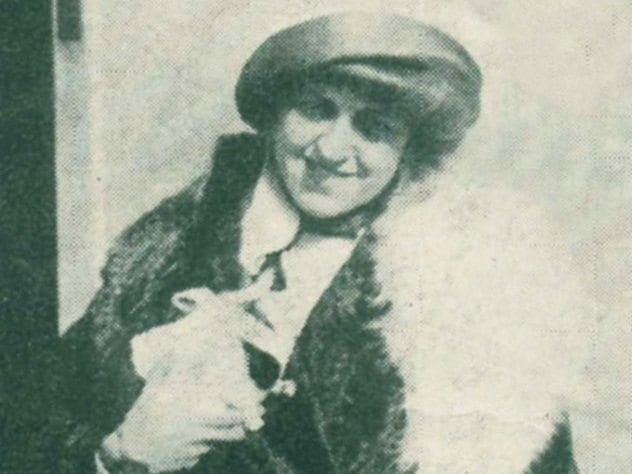
Many people would have reveled at the thought of being a first-class passenger aboard the Titanic but not Edith Rosenbaum (later known as Edith Russell). She couldn’t shake a foreboding sense of doom. She embarked on Titanic’s maiden voyage at the liner’s first stop of Cherbourg, France. Edith was returning to New York after covering French fashions at Paris’s Easter Sunday races.
In a letter to her secretary, Edith wrote:
We are now off to Queenstown. I just hate to leave Paris and will be jolly glad to be back again. I’m going to take my very much needed rest on this trip, but I cannot get over my feeling of depression and premonition of trouble. How I wish it were over!
When the Titanic collided with the iceberg, Edith asked a steward to recover her pig-shaped music box from inside her first-class stateroom. Edith clutched the music box in her hand on the boat deck, refusing to enter a lifeboat until all women and children had entered the boat. However, someone quickly wrapped the music box in a blanket, believing it was a baby, and threw it into the lifeboat. Not wanting to be parted from her much-loved possession, she jumped into the lifeboat. The music box saved Edith’s life.
8 The Two Waifs Of The Sea
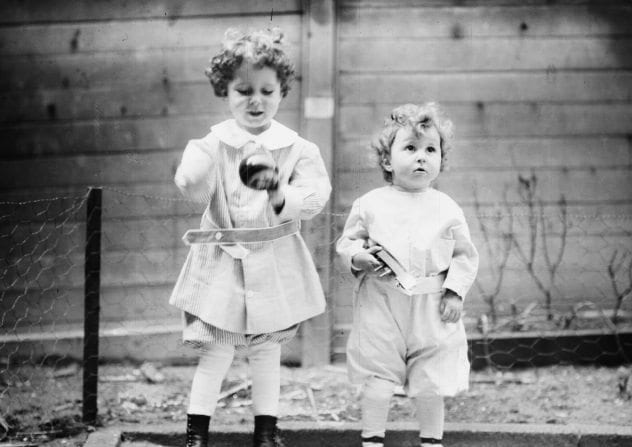
As adult male passengers were unable to enter a lifeboat during the Titanic’s sinking, a father was forced to place his two boys into a boat, while he remained aboard the ship. The young boys could only speak French and had no belongings to call their own, so their identity was a mystery on the rescue ship, RMS Carpathia. Newspapers commented on the story of “the Two Waifs of the Sea” and published a photo of the boys to reach their family in France.
Meanwhile, a mother was desperately searching for her two boys, who had disappeared without a trace. The story of the two waifs soon reached her in Nice, France. After describing her children to child services, the boys were later identified as four-year-old Michel and two-year-old Edmond. The boys were abducted by their father, Michel Navratil, who was traveling aboard the ship under the pseudonym of “Mr. Hoffman” and was hoping to start a new life with his children in the US.
7 Edward And Ethel Beane
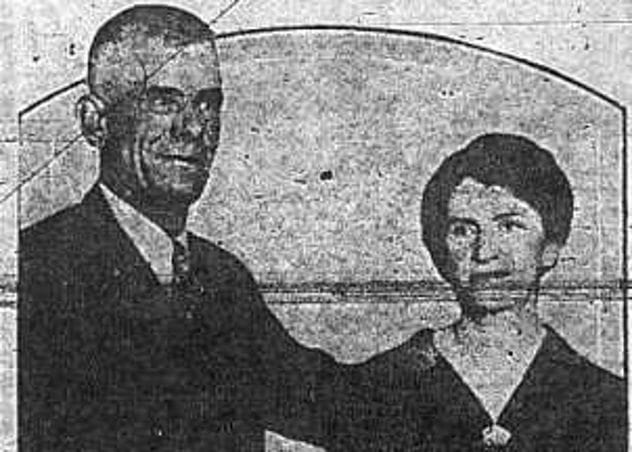
Second-class passengers Edward and Ethel Beane were celebrating their recent nuptials aboard the Titanic. When the Titanic struck an iceberg, the English honeymooners were unfazed by the collision, as they believed the ship was unsinkable, as many did. It wasn’t until they were warned twice by a passenger in the neighboring stateroom that they realized the gravity of the situation.
Ethel reluctantly entered a lifeboat, leaving Edward aboard the ship. While Ethel sailed to safety, her husband was forced to jump overboard to be reunited with his wife. Edward swam away from the sinking ship until he found safety on a boat. Fortunately, the happy couple were reunited to continue with married life.
6 Thomas Millar
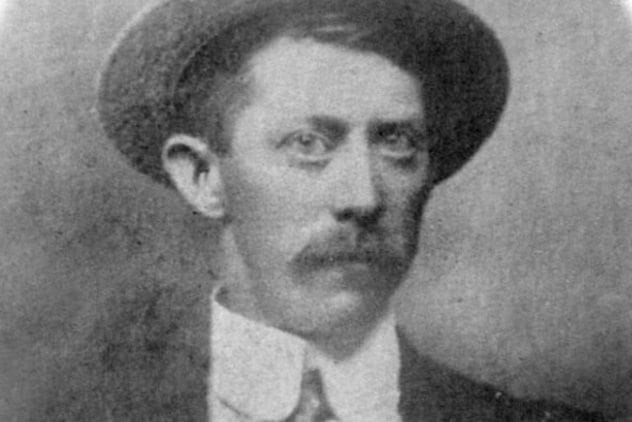
Following the death of his wife three months prior to the Titanic’s maiden voyage, Thomas Millar chose to join the luxury White Star liner as an assistant deck engineer to provide for his two young sons, Thomas and Ruddick.
He left his children in the care of their aunt in a village near Belfast with the hope of creating a new life in the United States to be later joined by his two sons. Before he left for the US, Thomas gave his sons a penny each and told them they could not spend it until he returned. Tragically, Thomas Millar never returned for his two sons because he lost his life aboard the ship. While Thomas Junior spent his penny, Ruddick’s penny remains in the Millar family, a symbol of a father’s love for his children.
5 Father Francis Browne
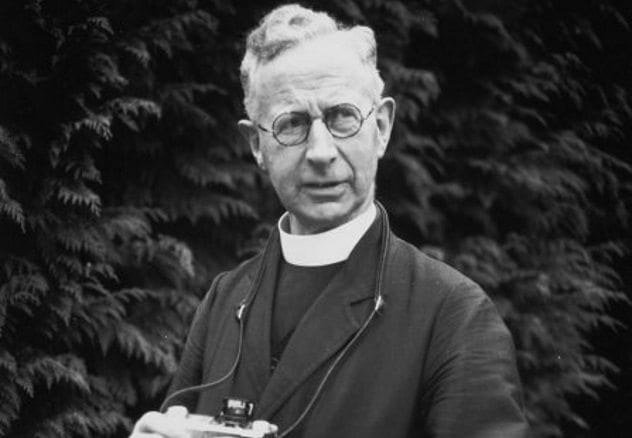
Father Francis Browne was a first-class passenger aboard the Titanic and was the man behind many of the rare photographs of life aboard the ship. The Jesuit priest was an avid photographer and was presented with a ticket for the Titanic‘s maiden voyage as a gift from his uncle. Excited to be aboard the opulent vessel and aware that he was standing on a remarkable piece of history, Father Browne snapped numerous photographs, which have been published across the world following the disaster.
While most passengers aboard the Titanic were headed to New York, Father Browne was one of eight passengers who departed from the ship at her final port of call of Queenstown (now known as Cobh) in Ireland. Despite a wealthy couple offering to pay for the remainder of his voyage to New York, the priest was ordered off the ship by his superior. Father Browne therefore survived the disaster, as did his photographs, which now offer historic insight into the ill-fated vessel.
4 The Two Cousins

Two cousins were traveling aboard the Titanic on her maiden voyage, yet both men were unaware that they had a distant relative aboard the ship. William Edwy Ryerson was a steward who worked in the first-class dining saloon. Little did he know that his third cousin, Arthur Ryerson (pictured above), was also traveling aboard the vessel as a first-class passenger with his wife, Emily, and their three children.
The family were returning to their hometown of Cooperstown, New York, after learning that Arthur’s son had passed away. Both William and Arthur shared the same great-great grandfather but had very different backgrounds. William was born into a working-class background in Port Dover, Ontario, while Arthur lived a wealthier lifestyle.
While William manned the lifeboats during the ship’s sinking, Arthur pleaded with crew members to allow his 13-year-old son, John, to be placed into a lifeboat with his wife and daughters. Arthur was the only member of his immediate family to not survive the maritime disaster, while William escaped the sinking ship on Lifeboat 9.
3 The Countess Of Rothes
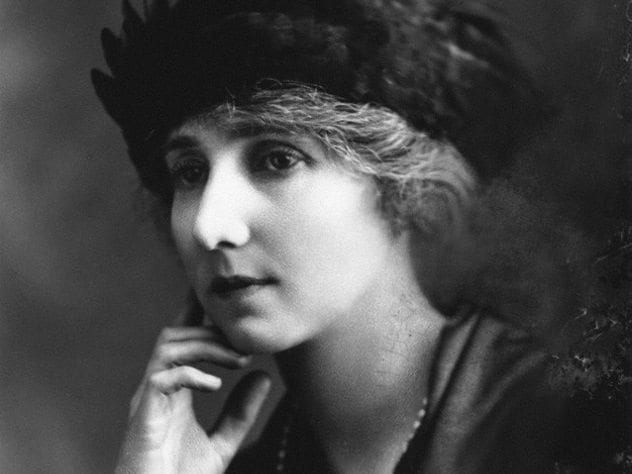
Some of the world’s wealthiest people chose to voyage across the North Atlantic on the Titanic, and one of the most esteemed passengers aboard the liner was Lucy Noel Martha, the countess of Rothes. She traveled to the US with her cousin, Gladys Cherry, and maid, Roberta Maioni. Her goal was to meet her husband and two children to start a new life in the US.
The countess and her cousin were stirred from sleep when the ship collided with the iceberg and were instructed by Captain Smith to return to their cabin to put on their life belts. At approximately 1:00 AM, the countess, her cousin, and her maid were ushered into Lifeboat 8, which was the first lifeboat launched into the water. Tom Jones, the lifeboat’s sailor, quickly identified the countess as a formidable leader, so he ordered her to steer the boat. She controlled the boat’s tiller and oversaw the steering for more than an hour, before switching places with her cousin so that she could comfort a Spanish bride who had lost her husband aboard the ship.
The countess rowed the lifeboat throughout the night, striving to boost the morale of all the passengers aboard until the Carpathia arrived at the scene.
Her kind spirit was not limited to the lifeboat. She remained aboard the Carpathia when the ship had docked in New York to aid steerage passengers who had lost everything in the disaster. Upon returning to Scotland, the countess of Rothes bought a silver fob watch with the inscription “April 15th 1912, the Countess of Rothes,” which she sent to Tom Jones as a thank you gift for his efforts aboard Lifeboat 8. He responded to her gift with a letter, thanking her for kindness and courage, and included the brass plate from the lifeboat. The sailor and countess corresponded until she passed away in 1956.
2 James Moody
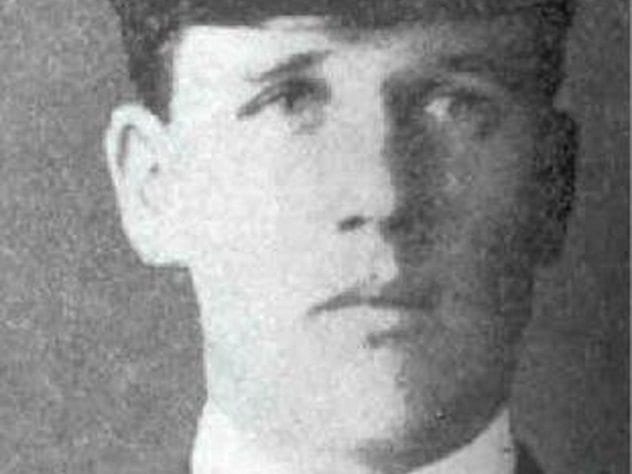
Another hero aboard the ship was Sixth Officer James Moody, who chose to remain aboard, despite being offered passage to safety. The 24-year-old junior officer received the small sum of $37 for his service aboard the ship and was compensated with his own cabin during his time aboard the Titanic.
Before the Titanic set sail on her first transatlantic voyage, Moody unwittingly saved the lives of six crewmen, as he denied them entry to the gangway when they arrived too late to board the liner. When the ship hit the iceberg, the young officer was on watch and answered Lookout Frederick Fleet’s call, asking, “What do you see?” Fleet responded, “Iceberg, right ahead!”
When the captain indicated that the ship would sink in a matter of hours, Officer Moody launched Lifeboats 12, 14, and 16. Fifth Officer Harold Lowe instructed Moody to man Lifeboat 14, as it was traditional for lower-ranking officers to do so. However, he bravely deferred the passage to Lowe.
Despite his low rank, Moody remained on the ship, assisting First Officer Murdoch until the water started to enter the boat deck. Moody would have undoubtedly been offered the opportunity to man a lifeboat on several occasions, but he valiantly chose to remain on the ship to save as many lives as possible and to see the disaster through to the end. Second Officer Charles Lightoller was the last person to see Moody alive at 2:18 AM, still attempting to launch collapsible lifeboats into the water.
1 Jack Phillips
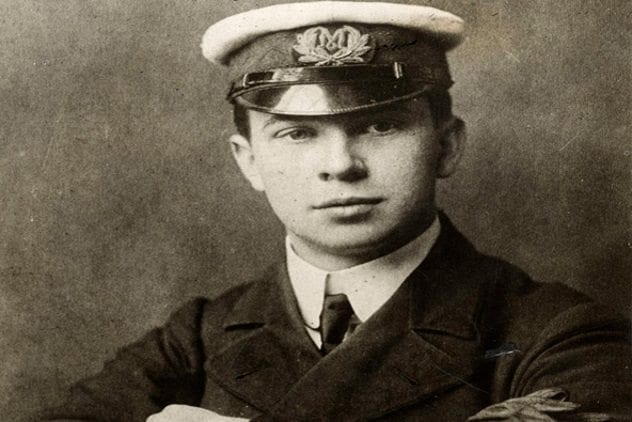
Jack Phillips was a senior wireless operator aboard the Titanic and was joined by Harold Bride, a junior wireless operator. The two men took shifts to send and deliver Morse code messages to and from passengers as well as to relay weather warnings to the captain.
Phillips received numerous iceberg warnings from other ships ahead of the disaster, and Bride delivered many of them to the captain. However, Phillips failed to deliver some to Captain Smith due an influx of passenger messages, and he believed the captain to be aware of the iceberg warnings already. When the SS Californian interrupted him with an iceberg warning, he replied, “Shut up! I’m busy working Cape Race!” Therefore, some people have criticized Phillips’s role in the disaster.
However, when the vessel struck an iceberg 400 nautical miles from Newfoundland, Phillips sprang into action, sending distress signals to ensure the rescue of the passengers and crew. The 25-year-old telegraphist remained at his post, despite the captain relieving him of his duty, tirelessly sending Morse code messages to nearby ships until 2:17 AM—three minutes before the ship descended into the North Atlantic.
His communication with the Carpathia ensured the rescue of 705 passengers. Many ships later reported that there was never a tremor in his messages, despite the chaos surrounding him. Tragically, Jack Phillips died in the maritime disaster, despite having reached a collapsible lifeboat. However, his legacy lives on in the Titanic‘s survivors and their ancestors.
Elisabeth Sedgwick is a freelance writer from Liverpool, England. You can read more of her work here: https://www.clippings.me/elisabethsedgwick








